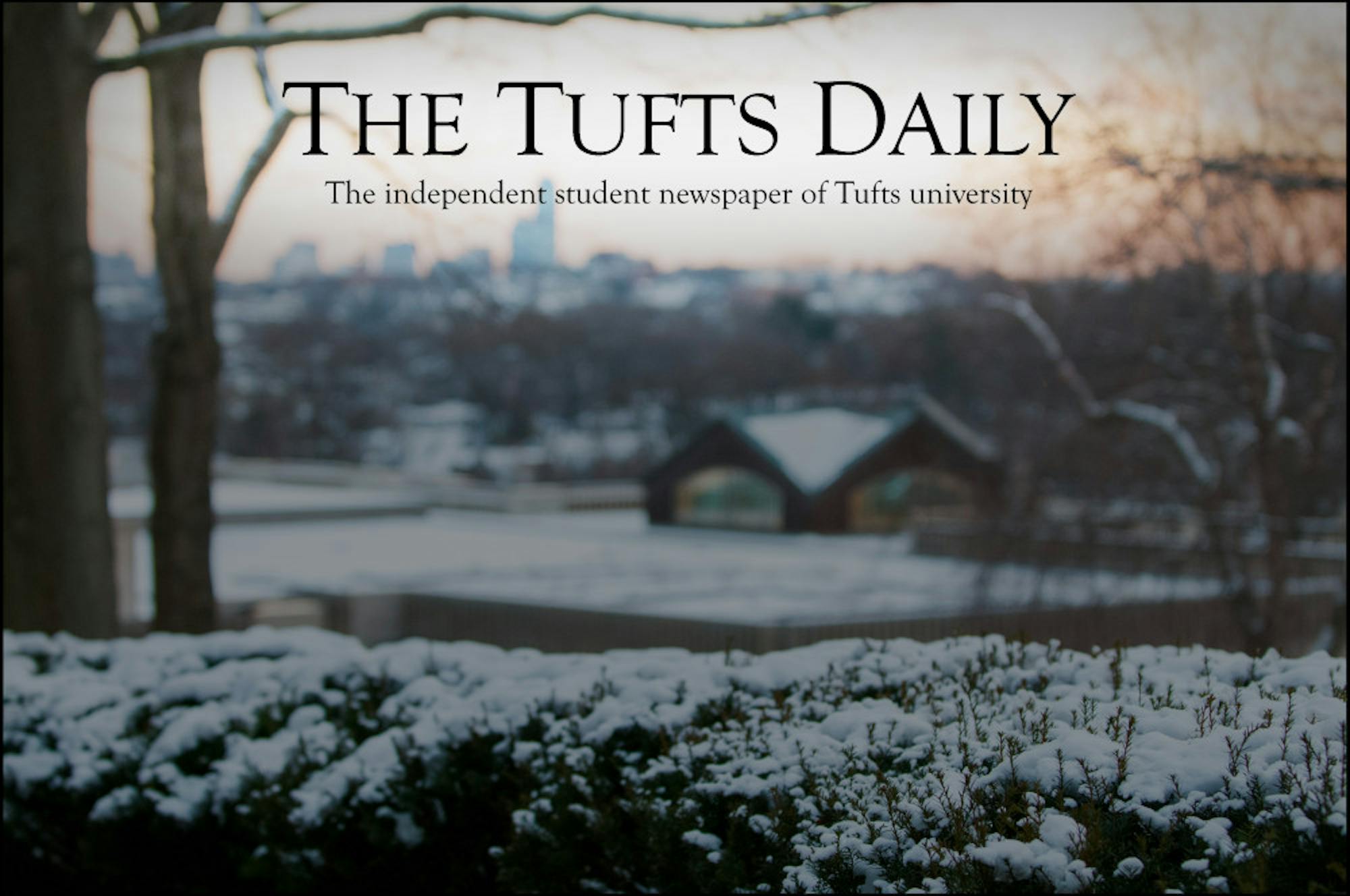"Carla Fernandez: The Barefoot Designer," which opened on April 17, is a landmark show for the Isabella Stewart Gardner Museum: It is the museum's first fashion exhibition. Born in Mexico in 1973, Fern?ndez served as an artist in residence at the Gardner museum in 2013 and is known for her trademark ability to blend traditional Mexican elements with modern fashion. Her "Barefoot Designer" exhibition is a fusion of recent history and contemporary culture, encompassing a variety of textures and forms to create a colorful, dynamic experience.
The exhibition actually begins outside the main gallery room with a timeline of Fern?ndez's career displayed on a long wall. According to the museum text, Fern?ndez studied art history in Mexico City and fashion design at a small school directed by a Spanish tailor who "had worked for the great couturier Crist?bal Balenciaga." The timeline highlights important moments in Fern?ndez's life and fashion career, including the opening of her first store, the births of her children and the publication of "The Barefoot Designer: A Handbook," a 2013 book about her collaborative craftsmanship methodology and other fashion processes.
Structural elements of the exhibit itself reflect Fern?ndez's unique ability to work with a diverse collection of mediums. The wall to the left of the exhibition's first room includes a map of Mexico. It is a wooden cutout of the country, and certain areas of significance to Fern?ndez are marked with colorful identifiers. Below the map is a shelf lined with books that relate to textile work that is influential in Fern?ndez's own designs. The exhibit also features videos by filmmaker Ramiro Chavez that depict the meticulous design and production process of clothes-making — the dark, dynamic space where they are projected contrasts nicely with the stark, white wall where the map and books are located.
The highlight of the exhibition, however, is situated in the Hostetter Gallery, which is part of a recently renovated wing of the museum. High ceilings with long hanging lights mirror the well-known central courtyard in the main part of the museum, and floor-to-ceiling windows look out over a lush yard. Indeed, this space provides beautiful lighting for the exhibit, which makes the viewing experience that much more engaging.
The room includes several freestanding rectangular, wood-framed units with wheels. These stand at varying of heights and are painted different colors, including light purple, teal and aquamarine. Others are not painted, but instead feature a photograph of Fern?ndez's work. Like the map of Mexico, the wooden texture is repeated in the frames of these modules. Mannequins — as well as other multimedia works — are attached to the wood-framed units, and this contrast of colors and textures works well with Fern?ndez' own complex pieces. One rectangle's photograph has strands of orange yarn cascading over it that drape down below the frame. An article of clothing hangs on one unit, while, elsewhere, a bright red mannequin is adorned with clothes, a mask and a wooden cane. When seen after watching the exhibition's videos, each garment seems all the more complex and impressive.
This show exemplifies Fern?ndez's ability to transform traditional Mexican fashion into something new and dynamic. As explained on the museum's website, one of Fern?ndez's methods is called "the Square Root," which is "based on the Mexican tradition of creating clothing with squares and rectangles." According to the website, this approach "highlights the styles and techniques of five states: Chiapas, Yucat?n, Campeche, the State of Mexico and Mexico City."
The Gardner website also features a particularly fitting quote from Fern?ndez: "I want people to understand that you can find happiness many different ways, and one way is by creating goods by hand and making things unique to the artist ... You can create a whole economy based on the artists, and how their work is made." Fern?ndez's passion for the process of creating — along with her love for mobility of mediums, history and culture — is evident throughout her show.
The museum has developed special programming in conjunction with the exhibition. On April 17, the museum hosted an opening reception that provided music, drinks and crafts for visitors. A talk given by Fern?ndez herself followed on April 19. Additional events have included a lecture by curator Marta Turok and writer Marcella Echavarr?a, as well as thematic tours and drop-in "mobile textile labs," in which viewers can see the process of conserving textiles.12
Carla Fernandez combines traditional craftsmanship with modern aesthetics






